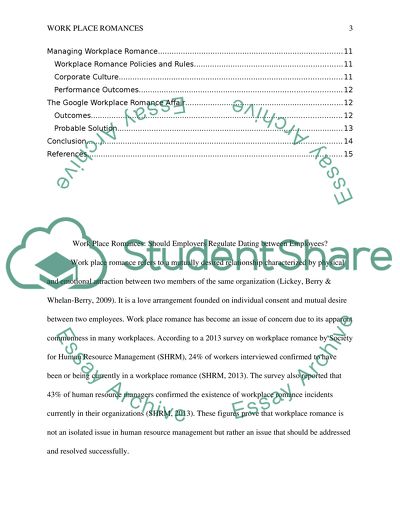Cite this document
(“Work Place Romances: Should Employers Regulate Dating Between Term Paper”, n.d.)
Retrieved from https://studentshare.org/human-resources/1653499-work-place-romances-should-employers-regulate-dating-between-employees
Retrieved from https://studentshare.org/human-resources/1653499-work-place-romances-should-employers-regulate-dating-between-employees
(Work Place Romances: Should Employers Regulate Dating Between Term Paper)
https://studentshare.org/human-resources/1653499-work-place-romances-should-employers-regulate-dating-between-employees.
https://studentshare.org/human-resources/1653499-work-place-romances-should-employers-regulate-dating-between-employees.
“Work Place Romances: Should Employers Regulate Dating Between Term Paper”, n.d. https://studentshare.org/human-resources/1653499-work-place-romances-should-employers-regulate-dating-between-employees.


